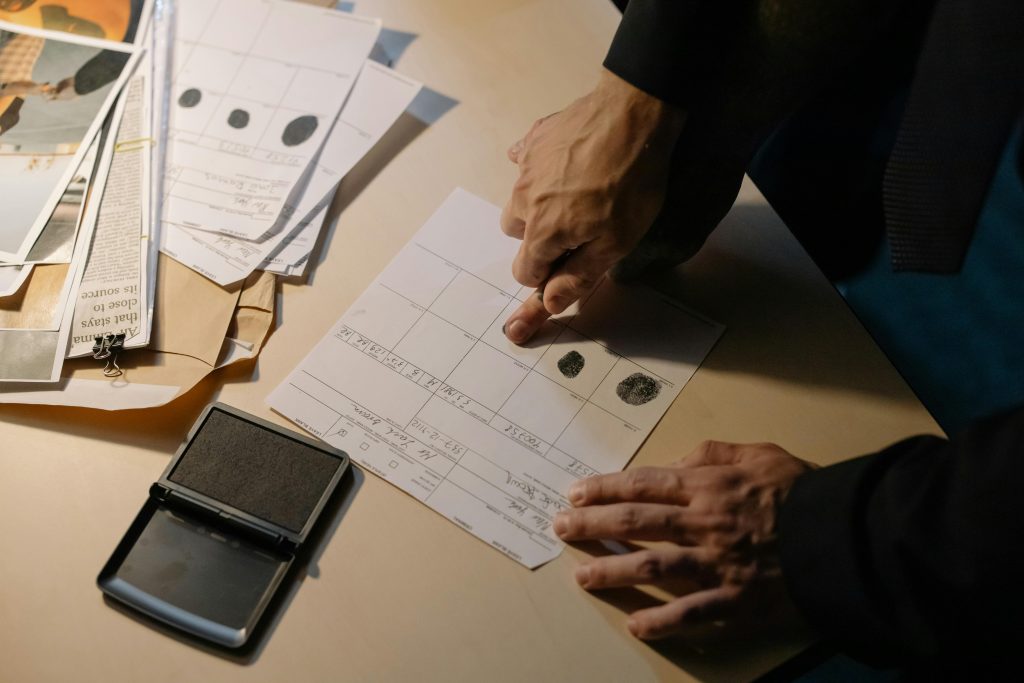A History of the Federal Bureau of Investigation: From Crimebusters to Cultural Icons
- Stu

- Jan 27
- 3 min read
The Federal Bureau of Investigation (FBI) stands as one of the most iconic institutions in American history. With its roots in the early 20th century, the FBI has been a relentless enforcer of law and order, taking on gangsters, spies, and cybercriminals alike. But it’s not all high-stakes chases and clandestine operations; the FBI has also infiltrated pop culture, cementing its agents as symbols of justice—and sometimes controversy.

Humble Beginnings: From the BOI to the FBI
The FBI traces its origins to 1908, when Attorney General Charles Bonaparte, under President Theodore Roosevelt, created the Bureau of Investigation (BOI). Initially a modest operation with just 34 agents, the BOI focused on antitrust violations and interstate crime. It wasn’t until 1935, under the leadership of the legendary (and divisive) J. Edgar Hoover, that the organization transformed into the Federal Bureau of Investigation we know today.
Hoover spearheaded efforts to modernize the bureau, introducing scientific crime-fighting techniques like fingerprint databases and forensic labs. His tenure, however, wasn’t without controversy, with allegations of power abuse and surveillance overreach tarnishing his legacy.
Famous Cases That Shook the Nation
The FBI has tackled some of America’s most notorious criminals and high-profile cases. During the 1930s, the bureau waged war against infamous gangsters like John Dillinger, Pretty Boy Floyd, and Baby Face Nelson, earning its “G-men” a reputation as crime-fighting heroes.
The bureau also played a pivotal role during the Civil Rights Movement, investigating the Ku Klux Klan and prosecuting the murderers of civil rights workers in the 1964 “Mississippi Burning” case. Its involvement in solving the Unabomber case (Ted Kaczynski) in the 1990s demonstrated the bureau’s ability to evolve with the times, using psychological profiling and innovative investigative tactics.
But not every case ended with a round of applause. The FBI faced criticism for incidents like the siege at Waco, Texas, and its handling of the Ruby Ridge standoff, highlighting the delicate balance between enforcement and civil liberties.
Famous Agents: The Men and Women Behind the Badge
While the FBI prides itself on being a team effort, a few agents have achieved legendary status. Eliot Ness, although technically a Treasury agent, worked closely with the FBI to take down Al Capone, becoming an enduring symbol of law enforcement.
Special Agent Melvin Purvis gained national fame for leading the manhunt that ended John Dillinger’s reign of terror. More recently, agents like Robert Ressler, a pioneer in criminal profiling, have shaped modern investigative methods, particularly in cases involving serial killers.
The FBI in Pop Culture: G-Men Go Hollywood
The FBI’s mystique has made it a pop culture darling, inspiring countless movies, TV shows, and books. From the suit-clad agents of The X-Files to the adrenaline-fueled missions in Silence of the Lambs, the bureau has been depicted as both heroic and shadowy.
Shows like Mindhunter delve into the psychological profiling pioneered by FBI agents, while classics like The Untouchables dramatize Prohibition-era crime-fighting. Even comedy gets its FBI moment, with films like Men in Black offering a tongue-in-cheek nod to its enigmatic reputation.
Modern-Day Challenges
Today’s FBI faces an ever-evolving landscape of threats, from cybercrime and terrorism to espionage. The bureau’s role in investigating the January 6 Capitol riot and its focus on combating foreign election interference underscore its continued relevance in protecting national security.

Legacy of Justice
Love it or criticize it, the FBI has etched an indelible mark on American history and culture. From taking down infamous gangsters to inspiring some of Hollywood’s greatest thrillers, the bureau remains a symbol of both justice and the complexities of wielding power in a democratic society.



Comments